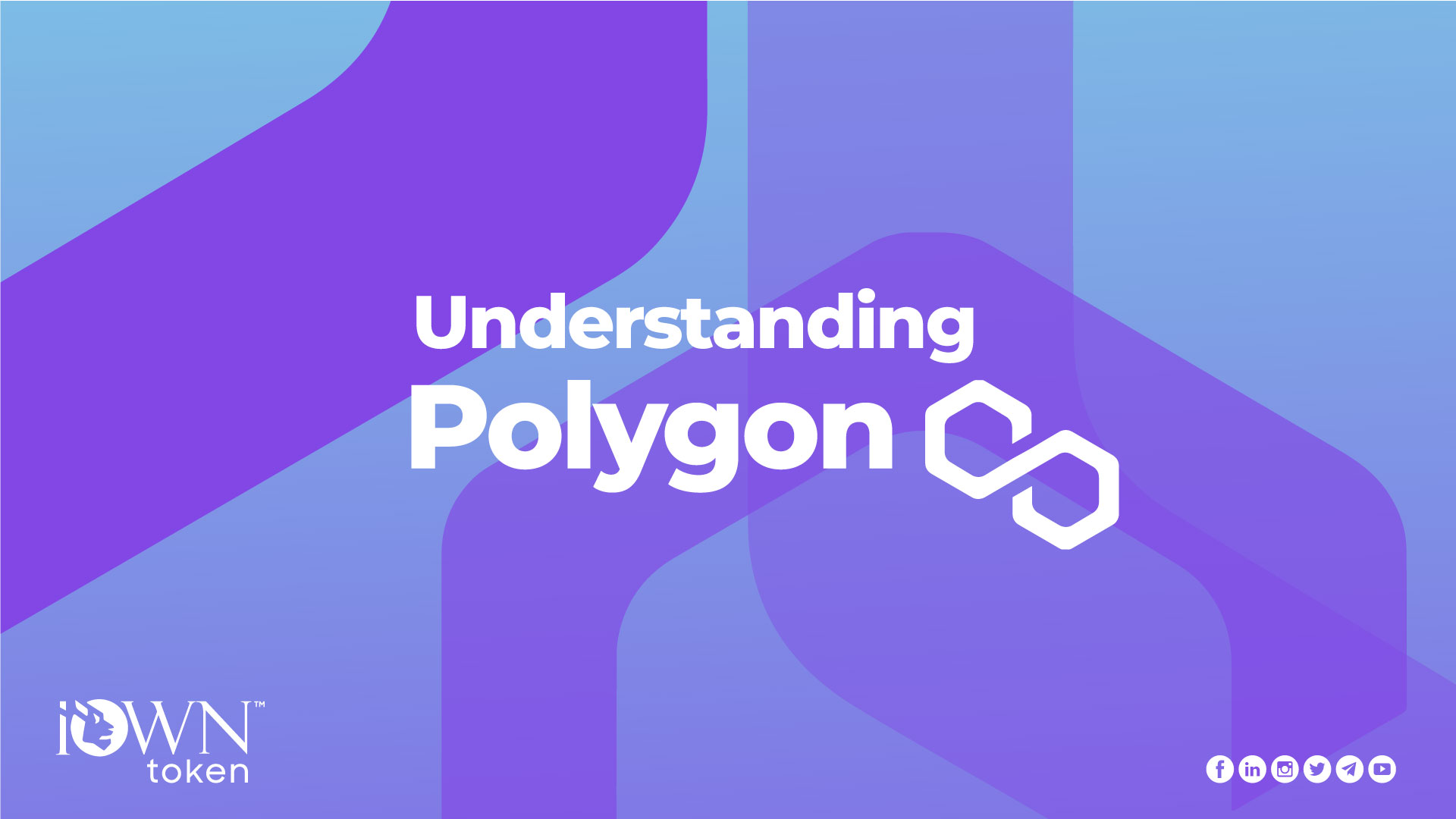
What is Polygon?
Formerly known as the Matic Network, Polygon is a solution that aims to improve speed and reduce the complexities and costs on Blockchain networks. It offers a Layer 2 Scaling Solution on top of the Ethereum Blockchain Network.
Polygon’s offering supplements Ethereum’s growth by eliminating its scalability hurdles. To use Ethereum, network users have to pay Gas Fees, which in some cases rendered the network unfeasible especially for smaller investors and mass transactions.
Who are the Founders behind Polygon?
Founded in India in 2017. It was created by Jaynti Kanani, Sandeep Nailwal, and Anurag Arjun, as well as Mihailo Bjelic, who are all seasoned Ethereum developers.
The Polygon team raised $5.6 million in BNB in April 2019 with the sale of 1.9 billion MATIC tokens.
The Matic Network, which launched in 2020, has attracted some of the most well-known brands in the DeFi field, such as Decentraland and MakerDAO. In February 2021, the Matic Network changed its name to Polygon.
How Polygon Started
The core of Polygon’s scaling vision is Ethereum, a renowned platform that hosts a variety of decentralized applications, a network that allows you to join virtual games, buy NFTs and utilize for financial services. But the Ethereum blockchain came with its limitations, leading to it impractical as the cost of transactions (With unfeasible Gas Fees) from rising network traffic reached its peak!
Polygon offered a solution, through layer-2 network. This means that it acts as an add-on layer which does not compromise nor change the original Blockchain. Polygon seeks to enhance Ethereum’s size, security and efficiency.
But, How Does Polygon Work?
Polygon is a multi-level platform that intends to grow Ethereum by using a variety of sidechains to unclog the main Ethereum Network in a cost-effective and efficient manner.
If you’re not aware with sidechains, they’re separate blockchains that are linked to the main Ethereum blockchain and can support a variety of Decentralized Applications (DApps).
As a result, Polygon can be likened to other networks like Polkadot, Cosmos, and Avalanche.
How does Polygon’s Blockchain Operate
The Polygon software development kit (SDK) is at the foundation of the network, and it’s used to create Ethereum-compatible decentralized apps as sidechains and connect them to the main blockchain.
Either one of the following methods can be used to build sidechains:
- Plasma Chains: Bundles transactions into blocks and transacts them all at once to the Ethereum network.
- ZK-Rollups: Allows a combination of transfers bundled into one transaction
- Optimistic Rollups: Bundling transactions, similar to Plasma Chains, but with a feature to scale Ethereum Smart Contracts
Polygon’s governance is based on a Proof of Stake (PoS), where users stake MATIC tokens to validate transactions and vote on network developments.